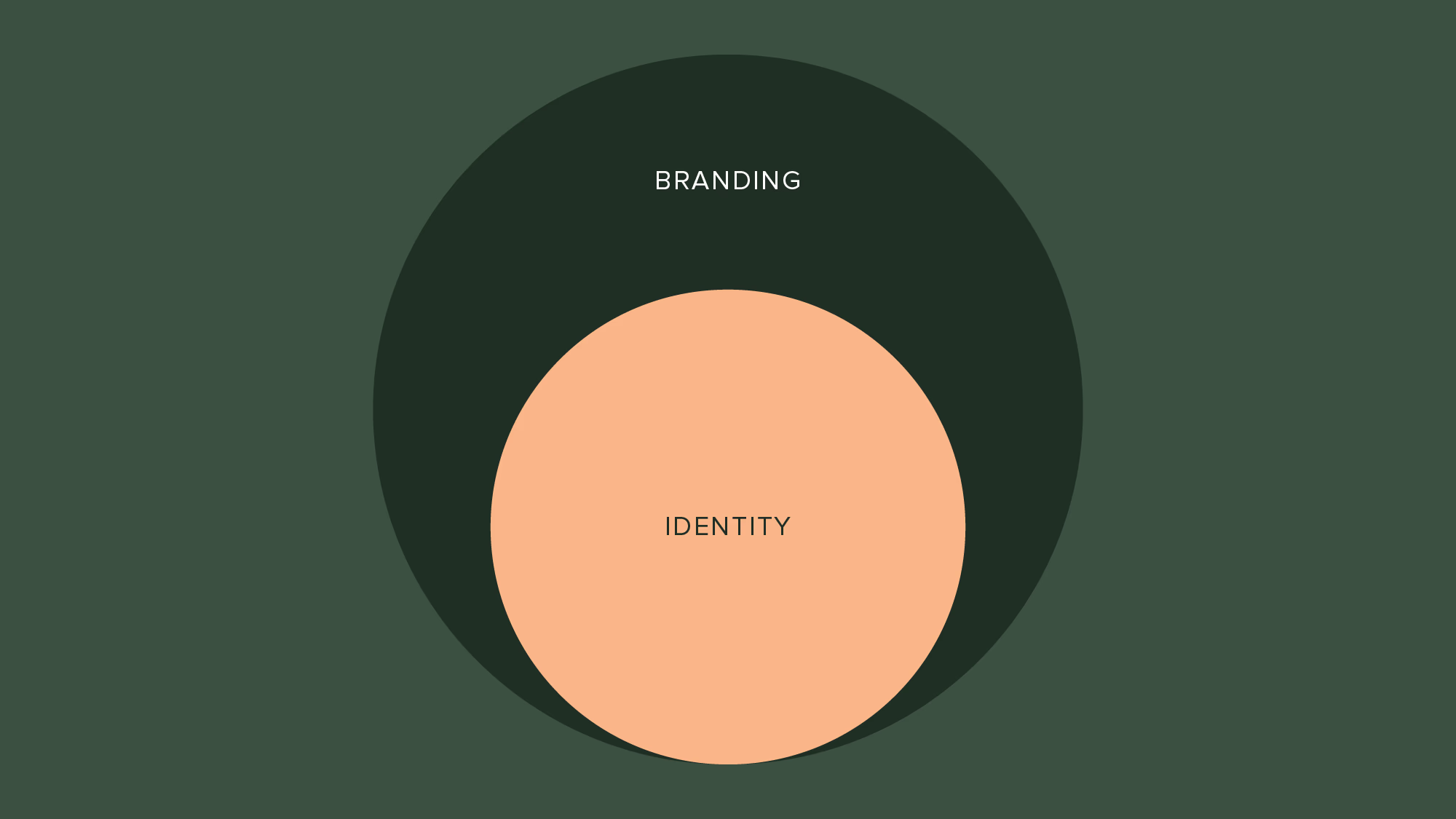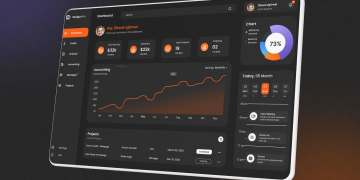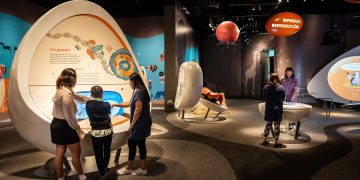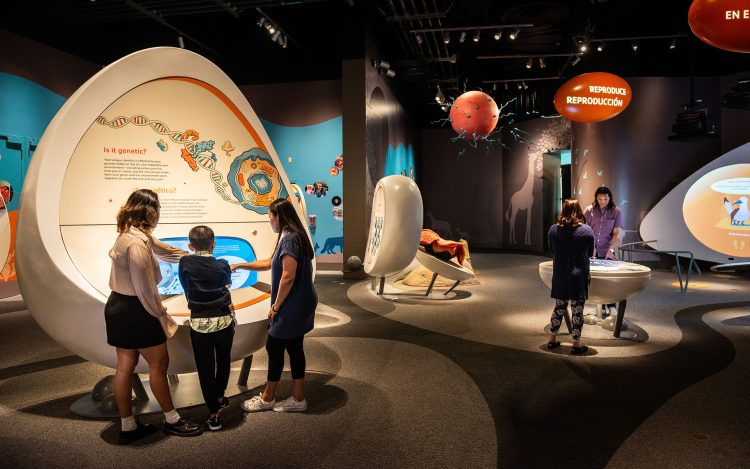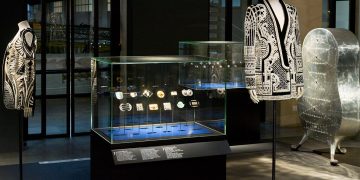Exhibitions, whether in museums, galleries, science centers, or trade fairs, have long been powerful tools for educating, engaging, and influencing the public. They offer an immersive experience where complex ideas, historical events, and cultural phenomena are made tangible and accessible. Through their design, curation, and presentation, exhibitions shape the way people understand the world, influencing their opinions, perceptions, and attitudes.
In this article, we explore the multifaceted role exhibitions play in shaping public opinion, examining how they engage audiences, promote narratives, foster dialogue, and influence societal change. The power of exhibitions lies in their ability to communicate ideas effectively, create emotional connections, and provide a platform for diverse voices. By analyzing various types of exhibitions, we can better understand their impact on public opinion and the broader societal discourse.
1. Exhibitions as Storytellers
At the core of every exhibition is a story waiting to be told. Exhibitions are a form of storytelling that allows visitors to experience narratives in a deeply personal and immersive way. Whether through visual art, historical artifacts, or interactive installations, exhibitions bring stories to life, drawing the audience into a world where they can engage with ideas and emotions that transcend mere words or images.
The power of storytelling in exhibitions lies in its ability to make abstract concepts tangible. For instance, an exhibition about climate change can transform complex scientific data into visually compelling displays, allowing visitors to grasp the urgency of the issue. By making information accessible and relatable, exhibitions can shape public opinion by presenting new perspectives and fostering empathy.
A notable example is the “Human Genome Project” exhibition at the Smithsonian Institution. By tracing the story of human genetics, it not only educated the public about the scientific advancements but also raised important ethical questions about genetic modification, privacy, and the future of medicine. Through storytelling, the exhibition engaged visitors in a complex dialogue about the implications of scientific progress, shaping their attitudes toward biotechnology and genetic research.
2. Creating Emotional Connections
One of the most powerful ways exhibitions shape public opinion is through their ability to forge emotional connections. When people feel emotionally invested in an issue, they are more likely to change their views, take action, or advocate for change. Exhibitions have the unique capacity to evoke emotions that prompt reflection, empathy, and a deeper understanding of social, political, and environmental issues.
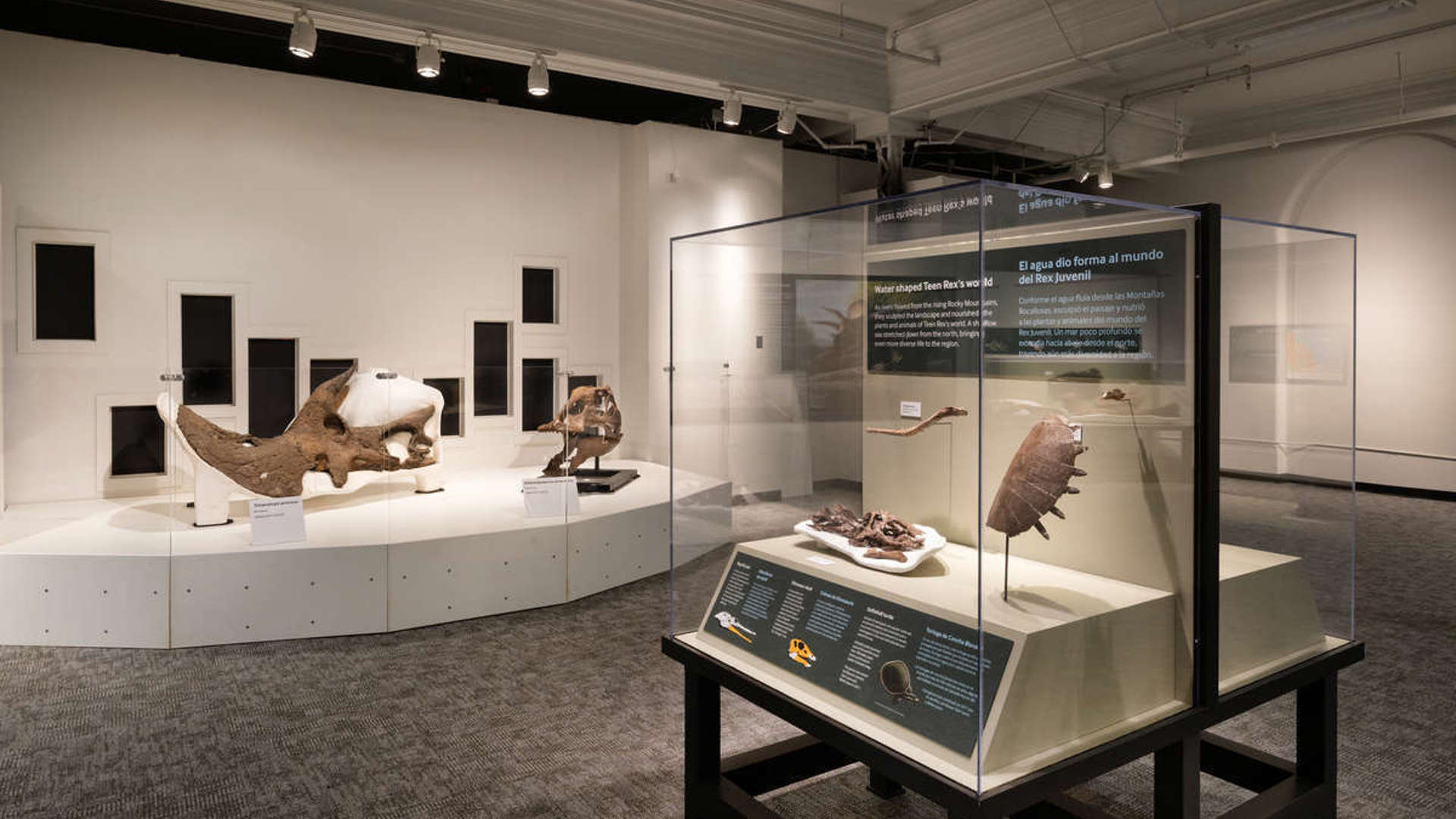
For example, exhibitions about human rights struggles, such as “The Apartheid Museum” in South Africa or “The Legacy of Slavery” at the Smithsonian National Museum of African American History and Culture, do more than present facts; they immerse visitors in the emotional realities of those who lived through these historical periods. Personal stories, photographs, and first-hand accounts evoke strong emotional responses that challenge visitors to confront their own beliefs and assumptions about justice, inequality, and freedom.
Such emotional engagement has a profound impact on public opinion. When visitors are moved by an exhibition, they are more likely to take the ideas and stories they encounter with them into their everyday lives, discussing them with others, or even changing their behavior. As a result, exhibitions can play a critical role in shifting public attitudes on social justice, environmental responsibility, and other key issues.
3. Promoting Dialogue and Discussion
Exhibitions are not just passive experiences—they actively promote dialogue and discussion. By presenting diverse viewpoints, exhibitions provide a platform for debate and reflection, encouraging visitors to engage critically with the content. In doing so, exhibitions become spaces where public opinion is not simply shaped by the curator’s perspective, but is co-created by the interactions between the exhibition and the audience.
The “Tolerance Museum” in Berlin is a prime example of how exhibitions can foster dialogue. The museum presents a range of exhibits about religious intolerance, racism, and the persecution of minorities throughout history. Visitors are invited to interact with multimedia installations that challenge stereotypes and question prejudices. By prompting visitors to consider their own beliefs and engage in conversations about tolerance and inclusivity, the exhibition creates an environment where public opinion is actively shaped through dialogue.
Exhibitions also play a role in fostering community engagement. Public events, panel discussions, and workshops held in conjunction with exhibitions encourage visitors to take a more active role in the conversation. This collaborative aspect of exhibitions allows for a more nuanced understanding of complex issues, shaping public opinion through collective reflection.
4. Influencing Political and Social Change
Exhibitions can have a direct impact on political and social change by raising awareness of pressing issues and mobilizing people to take action. In some cases, exhibitions have acted as catalysts for movements, helping to galvanize public opinion around specific causes.
One example is the “AIDS Memorial Quilt” created in the 1980s in response to the HIV/AIDS crisis. The quilt, which consisted of panels made by individuals to honor those lost to AIDS, was displayed in various exhibitions across the United States. Its powerful visual impact helped to humanize the disease, shifting public perceptions from fear and ignorance to empathy and activism. The quilt not only raised awareness about the epidemic but also played a pivotal role in advocating for policy changes and increased funding for research and treatment.
Similarly, exhibitions focusing on environmental sustainability and climate change, such as the “Our Planet” exhibition at the Natural History Museum in London, can inspire collective action. By highlighting the effects of human activity on the planet, these exhibitions call for societal and political change, influencing public opinion on issues like carbon emissions, conservation, and renewable energy.
Exhibitions can also help shape political discourse by providing a platform for marginalized voices. The “Black Lives Matter” movement, for example, has been represented in a variety of exhibitions, which showcase the stories of individuals affected by police violence and systemic racism. These exhibitions serve as powerful tools for raising awareness and advocating for social justice reforms.
5. Shaping Cultural Identity and National Consciousness
Exhibitions play a crucial role in shaping cultural identity and national consciousness. They help define the narratives that communities tell about themselves, reinforcing shared values, history, and heritage. National museums and cultural institutions curate exhibitions that highlight key moments in a country’s history, shaping collective memory and contributing to a sense of identity.
Consider the “National Museum of Mexican Art” in Chicago, which showcases Mexican culture and history. Through its exhibitions, the museum not only preserves cultural heritage but also fosters a sense of pride and identity among Mexican Americans. These exhibitions help strengthen national consciousness by connecting individuals with their cultural roots and highlighting the contributions of their communities to society.
Exhibitions can also challenge national myths and encourage critical reflection on a country’s history. The “Imperial War Museum” in London, for instance, presents exhibitions that question the glorification of war and explore the human costs of conflict. By offering alternative narratives to the dominant historical accounts, these exhibitions challenge public opinion and encourage a more complex understanding of national identity.
6. Digital Exhibitions and the Power of Virtual Engagement
With the rise of digital technology, exhibitions have expanded beyond physical spaces, allowing for virtual engagement and wider accessibility. Digital exhibitions, accessible through online platforms and virtual reality, have revolutionized the way the public engages with art, history, and science. These virtual exhibitions allow people from all over the world to experience content that may otherwise be out of reach, making exhibitions a global force in shaping public opinion.

The “Google Arts & Culture” project, for example, offers virtual tours of museums, historical sites, and cultural institutions around the world. These digital exhibitions provide an opportunity for individuals to engage with diverse cultures, history, and art from the comfort of their own homes, broadening their perspectives and influencing their opinions on a range of issues.
Virtual exhibitions also provide opportunities for interactive engagement, where visitors can customize their experiences, explore different perspectives, and participate in real-time discussions. This interactivity fosters a deeper connection to the content and can lead to a more informed and engaged public.
7. The Future of Exhibitions in Shaping Public Opinion
As technology continues to evolve, exhibitions will become even more interactive, immersive, and personalized. Augmented reality (AR) and virtual reality (VR) will allow for even more engaging experiences, offering visitors the chance to interact with exhibits in entirely new ways. Artificial intelligence (AI) will also play a role in curating exhibitions, tailoring content to individual preferences and creating personalized experiences that resonate with visitors on a deeper level.
Moreover, as global challenges such as climate change, social inequality, and political polarization continue to shape the discourse, exhibitions will remain essential in fostering understanding, empathy, and action. Whether physical or digital, exhibitions will continue to provide a platform for diverse voices, encourage dialogue, and ultimately shape public opinion in meaningful ways.
Conclusion
Exhibitions are much more than a means of displaying art or historical artifacts—they are powerful tools for shaping public opinion. Through their ability to tell compelling stories, create emotional connections, promote dialogue, and inspire action, exhibitions have the capacity to influence societal attitudes and contribute to positive change. Whether through promoting cultural awareness, raising political consciousness, or advocating for social justice, exhibitions continue to play a critical role in shaping the way we see the world and our place in it.








